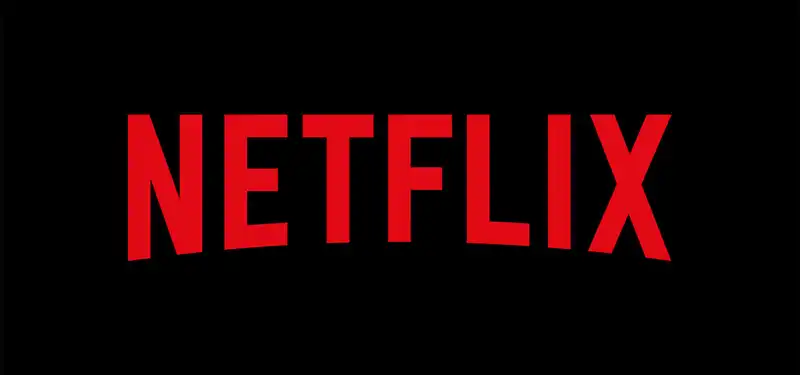Apr 20, 2022
Netflix's stock price plunged more than 37%.
Netflix's shocking announcement that it has lost subscribers for the first time in a decade has sent its stock price tumbling, sending ripples throughout the streaming industry. The company's problems were revealed after hours of its first-quarter earnings results on Tuesday.
What happened - investors and analysts had low expectations for this quarter, but Netflix fell short of even that already weak forecast. As a result, the company's stock hit its lowest price since early 2018, falling 37% by Wednesday morning. The decline lost more than $50 billion in market capitalization and sent the company's valuation plummeting to less than $100 billion. This week's drop is only the latest in a string of financial blows suffered by Netflix, which, combined with January's 20% decline, means the company's stock has lost two-thirds of its value over the past six months. Investors who once treated Netflix as a high-tech growth stock have apparently readjusted to viewing the company as a traditional media content provider. [The biggest shock to investors is that the company reported a 200,000 worldwide subscriber decline in the first quarter of 2022. This is the first time Netflix has lost subscribers since the company split its DVD and streaming businesses in 2011. Price increases in the U.S. and Canada led to 600,000 fewer subscribers in those two countries alone, despite subscriber gains in Japan, India, and the Philippines. This was already a disappointment, as the company had expected an increase of 2.5 million subscribers in the first quarter and 4 million subscribers in the same period in 2021. To make matters worse, Netflix offered even weaker guidance for the second quarter, warning that it could lose an additional 2 million subscribers in the next three months.
Are there any factors mitigating the situation - Netflix received a tailwind from Covid-19, but now faces headwinds from the Ukrainian conflict. According to the company, it lost 700,000 subscribers in Russia in the first quarter. This figure would normally mean an increase of 500,000 subscribers. However, this figure is far short of the 2.5 million new subscribers forecast that the company had announced each quarter.
Why has subscriber growth been so slow? Netflix points to several factors that have slowed and in some cases reversed its subscriber growth. As a major factor, the company estimates that more than 100 million households worldwide have Netflix shared accounts, of which more than 30 million are in the United States and Canada. The company also notes content production issues due to the Covid-19 pandemic, as well as increased competition from emerging platforms in many regions.
Possible Solutions-In the company's earnings interview, executives announced measures that could potentially stem the bleeding.
Is there good news - Lost in the discussion about Netflix's growth trajectory is the fact that the company is profitable. In the last three months ending March 31, 2022, Netflix posted a profit of $1.6 billion on sales of $7.8 billion. The company's revenues were up nearly 10% from the same period last year. Thus, Streamer is performing admirably, even if its growth story has come to a halt.
Are Netflix's competitors happy? Streaming platforms exist in an ecosystem, and often what is bad for one can be bad for all. Today, Roku, Disney, Warner Bros. Discovery, and Paramount Global all suffered declining transaction values. For a company like Disney, which has three streaming platforms of its own-Disney+, Hulu, and ESPN+-it must be concerning to see a global industry leader suffer so much, even if it is a direct competitor. Unlike Netflix, however, Disney is a very diversified company with significant revenue streams from its theme parks and consumer products.
.



Post your comment